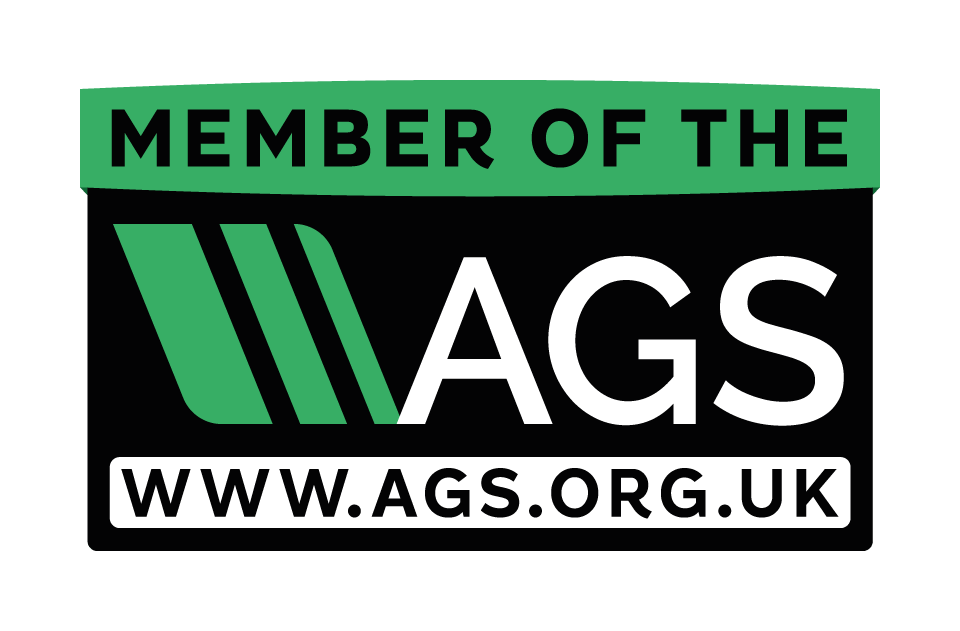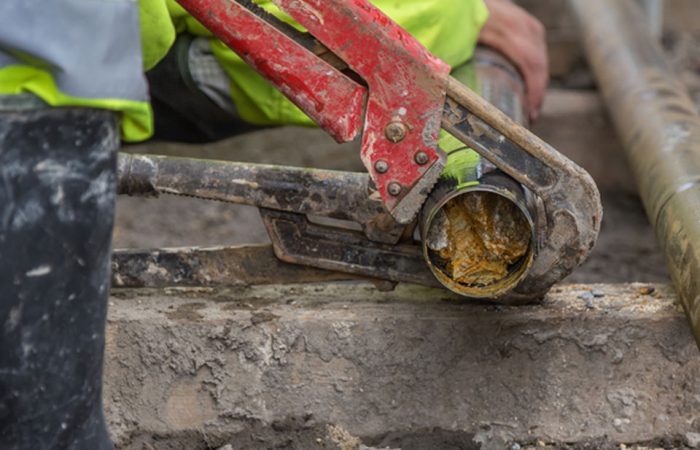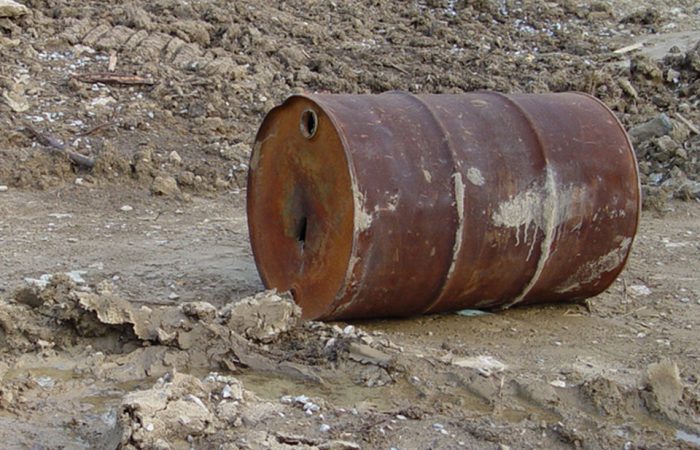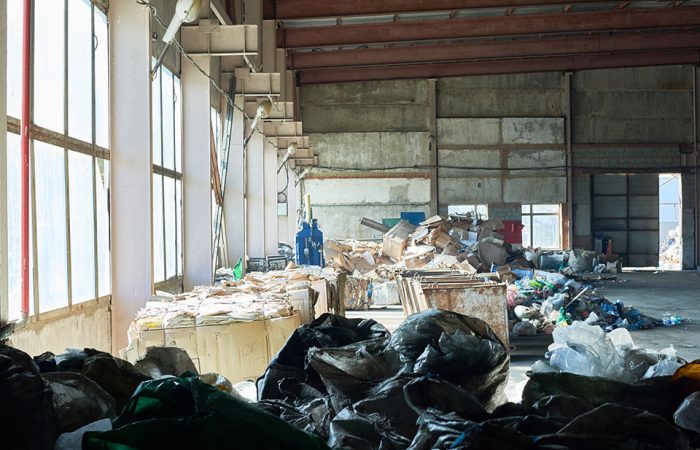Identify potential ground contamination risks with Lucion’s expert preliminary risk assessment services. Our comprehensive desk studies and site assessments provide a clear understanding of the challenges and next steps for your development project.
The geo-environmental setting and historical use of a site can present risks, liabilities, and development constraints that need to be carefully assessed and managed. Lucion’s expert preliminary ground contamination risk assessment services provide a comprehensive desk-based evaluation to identify potential risks and inform your development decisions.
Our Services:
Phase 1 Desk Study
Our team conducts a thorough Phase 1 Desk Study, also known as a Preliminary Risk Assessment or Contaminated Land Report. This qualitative assessment involves the collation and review of readily available information to determine the likelihood of contamination sources being present within the subsurface, beneath the site, or in close proximity.
Conceptual Site Model Development
We establish a ground model for the site and create a conceptual model of contaminant linkages. This model identifies potential sources of contamination, pathways through which contaminants can travel, and receptors that may be affected by the contamination. The conceptual site model forms the basis for assessing the risks and constraints associated with the site.
Risk Assessment and Evaluation
Our experienced environmental consultants assess the relevant contaminant linkages and geohazards identified in the conceptual site model. We evaluate the potential risks to sensitive receptors and identify any constraints to the proposed development.
Based on our assessment findings, we provide pragmatic and technically robust advice to our clients. We clearly communicate the commercial and technical challenges that the site may present, along with recommendations for next steps, such as further site investigations or risk management measures. Our goal is to help you make informed decisions and develop cost-effective and sustainable solutions for your development project.
Our team of geo-environmental and geotechnical consultants, geologists, and engineers has extensive experience in conducting contaminated land assessments across the UK and Ireland. We have successfully delivered preliminary risk assessments for a wide range of development projects, including residential, commercial, and industrial sites.
Partner with Lucion for expert preliminary ground contamination risk assessment services that provide you with a clear understanding of the potential risks and constraints associated with your site, enabling you to make informed decisions and achieve your development objectives.



































